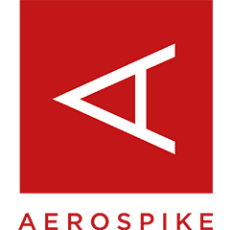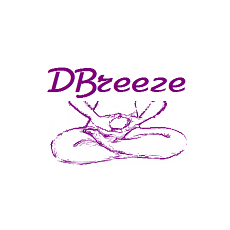Compare Products

|

|
Features Aerospike key-value store (KVS) operations associate keys with a set of named values. On cluster startup, Aerospike configures policy containers—namespaces (RDBMS databases)—which control the retention and reliability requirements for a set of data. Namespaces are divided into sets (RDBMS tables) and records (RDBMS rows). Each record has a unique indexed key, and one or more bins (RDBMS columns) that contain the record values.
Aerospike supports numerous data types used for bin values, as arguments, and as UDF return values.
Aerospike allows value-based queries using secondary indexes, where string and integer bin values are indexed and searched using equality (string or numeric) or range (numeric) filters.
User-Defined Functions (UDFs) extend the functionality and performance capabilities of the Aerospike Database engine.
In Aerospike, the aggregations framework allows fast, flexible query operations. Similar to MapReduce systems, aggregation emits results in a highly parallel fashion.
Aerospike supports large data types (LDTs) that allow individual record bins to efficiently store large collections of elements.
In Aeropike, you can use list data types when dealing with a size-bound list residing in a single bin. List operations allow server manipulation (such as adding or removing an item) without having to read and replace the entire bin value.
Aerospike supports Geospatial store, index, and query.
|
Features * Fully managed code, platform independent and without reference to other libraries.
* Multi-threaded, with a solution for deadlocks resolving/elimination, parallel reads and synchronized writes/reads.
* No fixed scheme for table names (construction and access on the fly).
* Tables can reside in mixed locations: different folders, hard drives, memory.
* Liana-Trie indexing technology. Database indexes (keys) never need to be defragmented. Speed of insert/update/remove operations doesn't grow up during the time.
* Ability to access Key/Value pair of a table by physical link, what can economize time for joining necessary data structures - approach of Graph Databases.
* No limits for database size (except "long" size for each table and physical resources constraints).
* Low memory and physical space consumption, also while random inserts and updates. Updates reside the same physical space, if necessary.
* High performance of CRUD operations.
* High speed of random keys batch insert and updates (batch must be sorted in memory ascending and non-overwrite flag must be set).
* Nested / Fractal tables which can reside inside of master tables values.
* Incremental backup/restore option.
* Integrated text-search subsystem (full-text/partial).
* DBreeze is a foundation for complex data storage solutions (graph/neuro, object, document, text search etc. data layers). Please, study documentation to understand all abilities of DBreeze.
|
LanguagesC Java VB.NET Perl Python Ruby Other |
LanguagesVB.NET Other |
Source TypeClosed
|
Source TypeOpen
|
License TypeProprietary |
License TypeBSD |
OS Type |
OS Type |
Pricing
|
Pricing
|
X
Compare Products
Select up to three two products to compare by clicking on the compare icon () of each product.
{{compareToolModel.Error}}Now comparing:
{{product.ProductName | createSubstring:25}} X